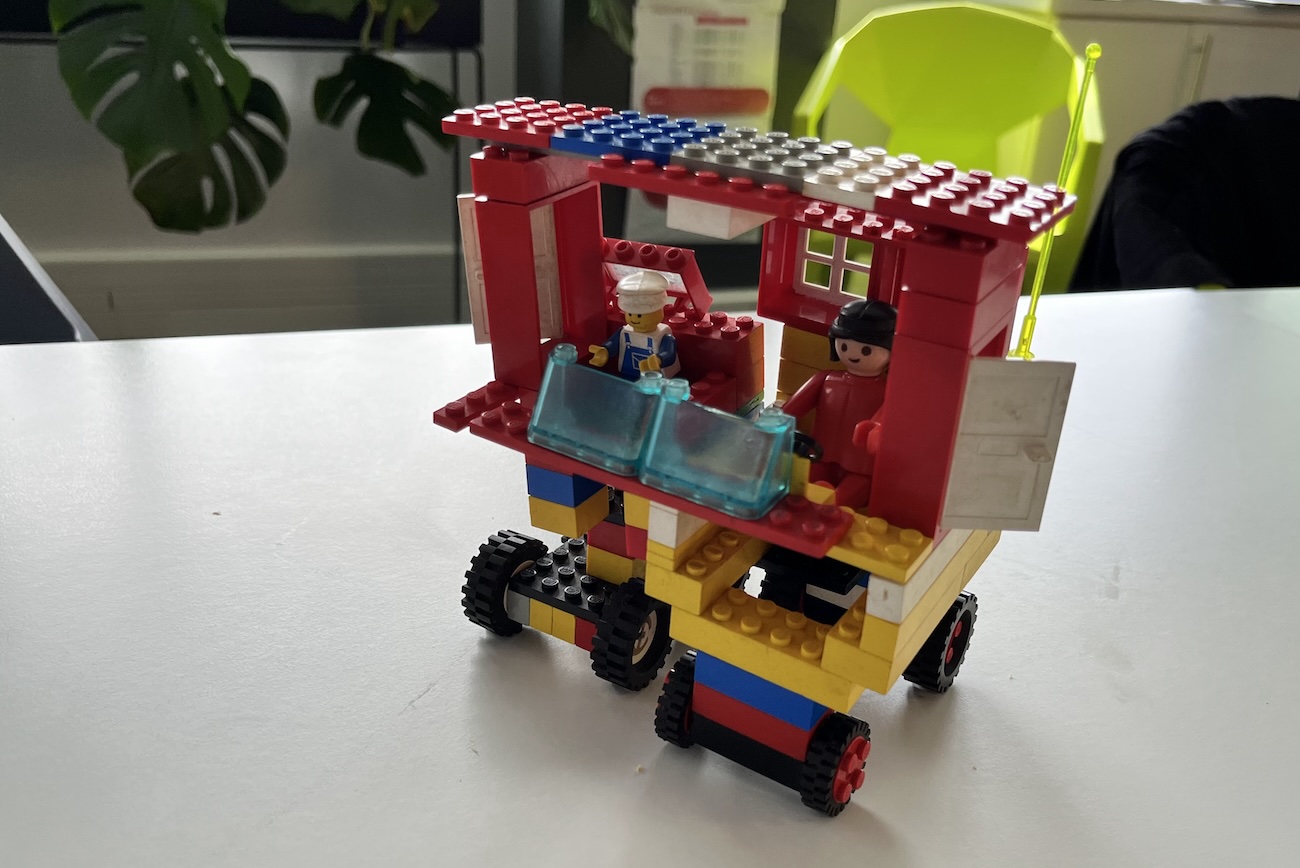When business runs on purpose, it thrives. When it runs on KPIs alone, it spirals into mayhem. Lessons on resilience from Simon Sinek, LEGO, and lived experience.
I’ve loved LEGO since I was a kid. For the way my brain works, it’s basically therapy. You start with chaos – thousands of tiny pieces scattered across the table – and you build, step by step, from the foundation all the way to the final model. Every piece clicks perfectly into place. It’s catnip for my brain. And it’s also how I think about business.
Simon Sinek’s Infinite Game makes the case that business purpose should drive the company, not the other way around. It’s a simple idea, but one that too many leaders forget. They let short-term objectives steer the ship, and then wonder why it all falls apart at the first wave. LEGO proves Sinek’s point better than any business school case study I’ve ever read. LEGO is business built on purpose. Their purpose? “To inspire and develop the builders of tomorrow.” It’s simple, clear, and lived across everything they do.
Because here’s the thing: when business is driven by business objectives instead of purpose, it doesn’t look like LEGO at all. It looks like the drunk uncle’s Citi Golf rebuild – held together with cable ties, duct tape, and vibes. Sure, the foundations might have been solid at some point, but then the patchwork begins. A random piece slapped on here to hit a metric. Another oversized lump glued on there to appease a quarterly target. Before long, you’ve got something that technically “works,” but sounds like a tractor and looks like it was built during a midnight DIY session fuelled by stale coffee and blind optimism.
I once used this metaphor in a workshop to bring the point to life. I walked in with a huge pile of LEGO and asked for five volunteers. Each person was given a brief – “wheels,” “doors,” “windows” – but here’s the kicker: they weren’t allowed to speak to each other. The idea was to replicate how silos operate without a clear purpose. After a few minutes, I asked them to bring their pieces together and make a car. What rolled out looked less like transport and more like the tragic offspring of a forklift and a toaster. That very outcome is the featured image of this blog – and it says more than a hundred slides ever could. The point was clear: without business purpose and alignment, silos churn out bits that don’t fit, and the final product is as unstable as a Citi Golf with a brick for a brake pedal.
And this isn’t hypothetical. You can see the symptoms everywhere: office politics becomes the office sport, siloed strategies pile up, teams row in opposite directions, and objectives lose their alignment. Yet instead of treating these as symptoms, businesses slap on another KPI and mutter, “everything’s fine.” It isn’t. Change doesn’t wait politely. It smashes through, faster each year, leaving leaders clutching spreadsheets like flotation devices on the Titanic.
Now compare that to LEGO itself. Their clarity of business purpose is in their DNA: “to inspire and develop the builders of tomorrow.” It’s why they can launch the biggest LEGO Star Wars set ever made – the Death Star Ultimate Collector Series – at an eye-watering $999 and still have people queueing like it’s Black Friday. This isn’t about plastic bricks. There are over 35 other brands pumping out LEGO-compatible pieces. If it were just about product, LEGO would’ve been bulldozed ages ago.
The difference is that everyone in the organisation lives that purpose – right from the top. When LEGO’s CEO, Niels B. Christiansen, announced their results, he didn’t drone on about EBITDA margins or unit sales. He said: “A big thank you to all the dedicated LEGO colleagues who work every day to inspire more kids through play.” That’s not a shareholder line. That’s a rallying cry. It’s purpose on full display, from the boardroom to the shop floor.
And here’s the real kicker: purpose alone isn’t quite enough. The purpose combined with strategically aligned guiding principles is what takes a business from the drunk uncle’s Citi Golf rebuild to the impeccably designed and detailed build book that comes with every LEGO set. It’s what gives teams the clarity to know how their piece fits into the bigger picture – and the confidence that the final model won’t collapse the moment a cat sneezes on it.
The reality is, change isn’t optional – it’s inevitable. Here today, gone tomorrow. As Sinek reminds us in The Infinite Game, organisations built on purpose outlast the chaos. The rest are just hammering KPIs like panic buttons and praying the model doesn’t collapse. The only real question is this: is your company built on business purpose, with guiding principles as the blueprint? Or is it KPIs stitched together into mayhem, rattling through the boardroom until the next disruption knocks it flat?
Reading about LEGO is one thing. Looking at your own business is another. Is yours a model with purpose as the foundation, or does it look more like the tragic offspring of a forklift and a toaster?
The Titanic Diagnostic will tell you. Brutally. Quickly. And probably with fewer tears than finding out at the next disruption.

No responses yet